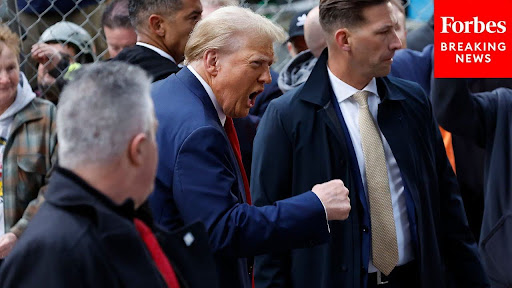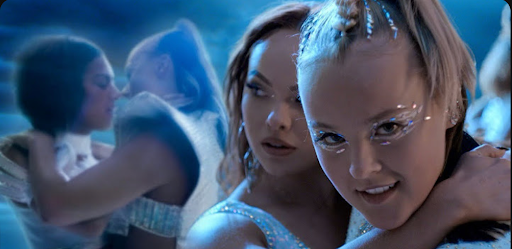The faculty of the Department of Fine Arts is getting a chance to show that not only can they teach art, but they can create it too. The DOFA Faculty Art Exhibition 2006 began on Jan. 11 in Sun Yat Sen Hall’s Dr. M. T. Geoffrey Yeh Art Gallery, and runs through March 4.
The exhibition, which usually is held “at least once every two years” according to the department’s Web site, allows professors in the department to submit their original art. This year, that art came in the form of a number of mediums, including paintings, drawings, photography, mixed-media, and even a stone sculpture.
“The show is done to promote [these professors] both in the University and in New York City, and to allow the students to see what their teachers are doing and how talented they are,” said gallery director Parvez Mohsin. “Many of [these artists] are known nationally and internationally.”
Paul Fabozzi, head of the department said. “It’s a wonderful testament to the variety and intensity of the artists who teach in this department.”
The exhibition is open to the public Tuesday through Saturday, and the event will culminate with an artists’ reception on Wednesday, Feb. 15 from 4:30-7:30 p.m.
The professors involved in the project are quick to praise the effort that goes into it and the results, as well as their fellow faculty artists.
“It’s great to be included with artists and colleagues of such caliber,” professor John Legaspi said.
Assistant department head Diane Himmelbaum echoed this sentiment.
“There’s lots of imagination, lots of talent,” Himmelbaum added.
St. John’s students also have enjoyed the opportunity to see the artistic talents of some of their professors. Many have been thoroughly impressed by the quality of the art on display in the gallery. One graphic design major, sophomore Nazara Dilworth, commented that “these teachers really know what they’re doing.”
“They actually go out on their own and do work,” Dilworth said. “I thought they just taught.”
Mohsin said that a lot of work goes into the production of the exhibition, beginning with the curator of the exhibit, professor Ross Barbera, who must decide how to arrange the art throughout the gallery.
“He decided the layout and what piece goes where and we execute it how he wants it done,” said Mohsin.
He said that Barbera also was involved in the creation of the cards promoting the exhibition and a catalog including information on the art displayed and the artist released on the night of the reception. Both the card and the catalog were designed by professor Thomas Kerr.
The wide range of styles is one of the most notable aspects of the exhibit. Some of the largest and most immediately striking pieces in the exhibit were created by Legaspi, including an oil on canvas entitled “Incubus” and an oil on wood panel called “Camel Rock, Sedona, Arizona.”
“Realistic imagery is a powerful forum for an immediate recognition and dialogue between the artist and the audience,” said Legaspi about his art.
Fabozzi, on the other hand, favored a more abstract approach, saying that his two paintings, “Astoria #3” and “Fifth Avenue #1,” are “based on my experiences of walking [through New York City].” He said that he conceived the pieces by collecting data from walks that he took through the city (counting the number of steps he took, etc.) and trying to recreate his experiences through art.
“They represent a sort of personal mapmaking,” he said.
Another artist, Himmelbaum, said that her pieces “Meadow I” and “Meadow II,” collages on paper, were “not realistic, but I tried to give the feeling, the texture of the earth- in more a poetic way than a literal way.”
“Hopefully the works of art can generate a dialogue with the viewer,” Legaspi said, “possibly evoking emotions, thoughts, questions and associations.”

















